Where to find the world's best club sandwich — and the story of this triple-layered paean to poolside delight
The club sandwich, arguably the most famous of all sarnies, is a poolside staple, but its origins are tricky to trace, says Tom Parker Bowles.
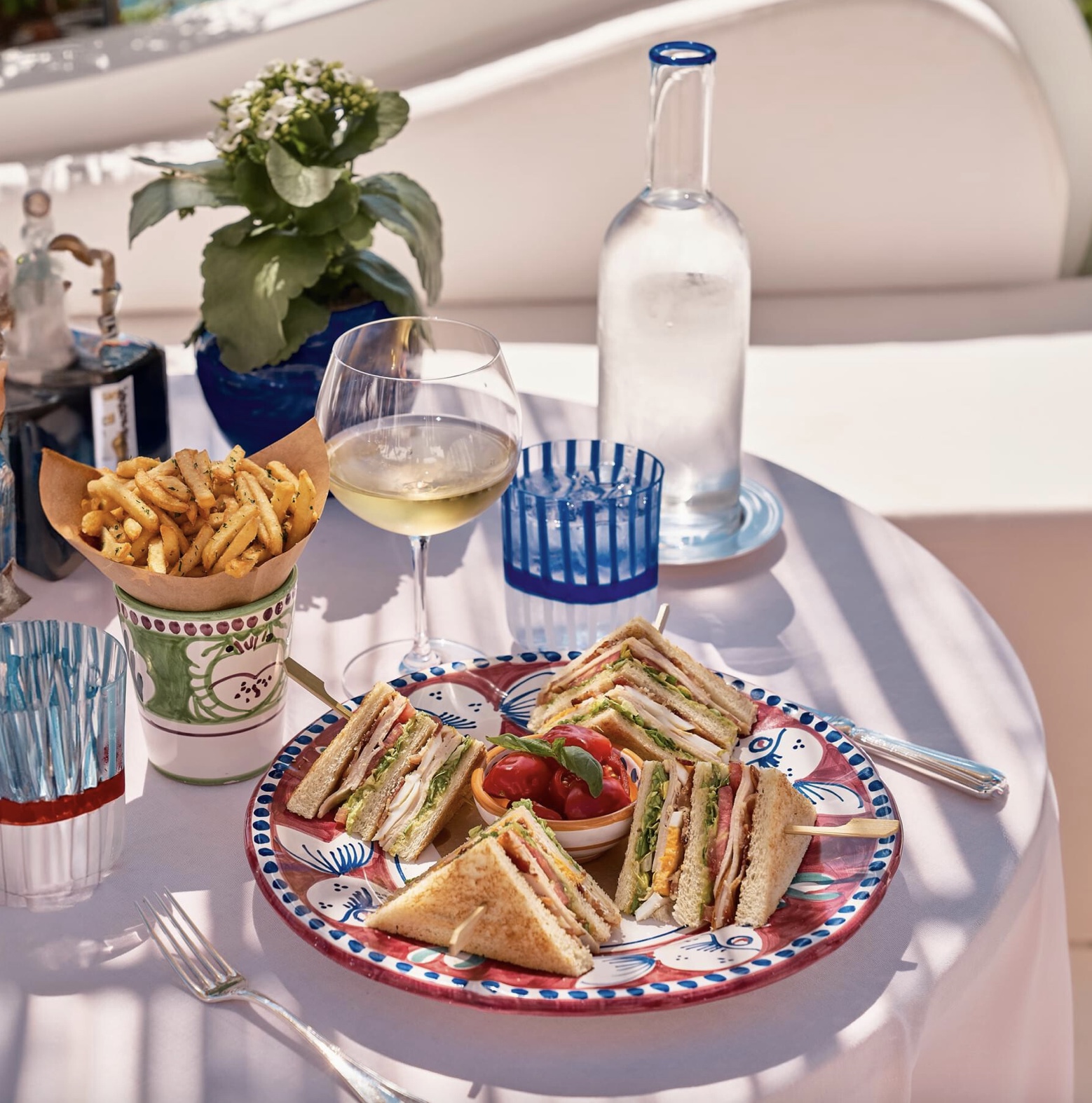

I want to tell you a story. Well, two actually. Possibly three. Perhaps even four. It’s the epic tale (or tales) of how a lowly sandwich rose from humble beginnings (or, perhaps, more exalted roots), to international fame and fortune, bestriding the globe like a chicken and bacon-stuffed Colossus, an adored denizen of the finest hotels in the world.
I’m talking, of course, about the club sandwich, that triple-layered paean to poolside delight, the eternal superstar of the room-service spread.
But back to the beginning, And the bustling, searing-hot kitchens of The Saratoga Club, a tiny casino in upstate New York, US, towards the fag-end of the 19th century. It was here that crisp buttered toast was first stuffed with warm bacon and chicken, together with cool lettuce, tomato and a lusty slick of mayonnaise. Behold, the ‘club’ sandwich.
But wait, I hear you cry, what utter bunkum. Any fool knows it was born in the club cars of the Pennsylvania railroad, in 1895, as they chugged from state to state. Or at the Union Club in New York. Or even in the lavish home of a well-heeled New York banker, around a similar sort of time, who, stumbling home one night, somewhat tired and emotional, craved a midnight stack. His servants had gone to bed, so he rustled around the icebox, toasted some bread, and, hey presto, created the club sandwich.
Whatever the truth (believe me, this is only the tip of the iceberg lettuce when it comes to origin stories), all the above share one thing in common… the sandwich they describe was made with only two pieces of toast. Whereas what makes a club sandwich stand out from the rest of its soberly breaded siblings is that extra slice in the middle.
"Sarah Tyson Rorer's 1894 recipe for a ‘Club House’ sandwich, is a baroque beauty, made up of not three, but four layers of filling. Those were the days."
James Beard, the great moustachioed American gastronome, errantly believed that the extra layer ‘bastardised’ the dish. It does nothing of the sort. What it does is transform the club sandwich from drab, everyday creation into something special. With its handsome, noble height and elegant edges, it stands proudly above the other also-rans. And, when served with a side of French fries (as it must be), it is less sandwich and more a proper plate of food.
As for that extra slice of toast — the only truly empirical evidence of its birth lies in an 1894 tome, by a Sarah Tyson Rorer, imaginatively named Sandwiches. Her recipe, for a ‘Club House’ sandwich, is a baroque beauty, made up of not three, but four layers of filling. Those were the days.
Sign up for the Country Life Newsletter
Exquisite houses, the beauty of Nature, and how to get the most from your life, straight to your inbox.
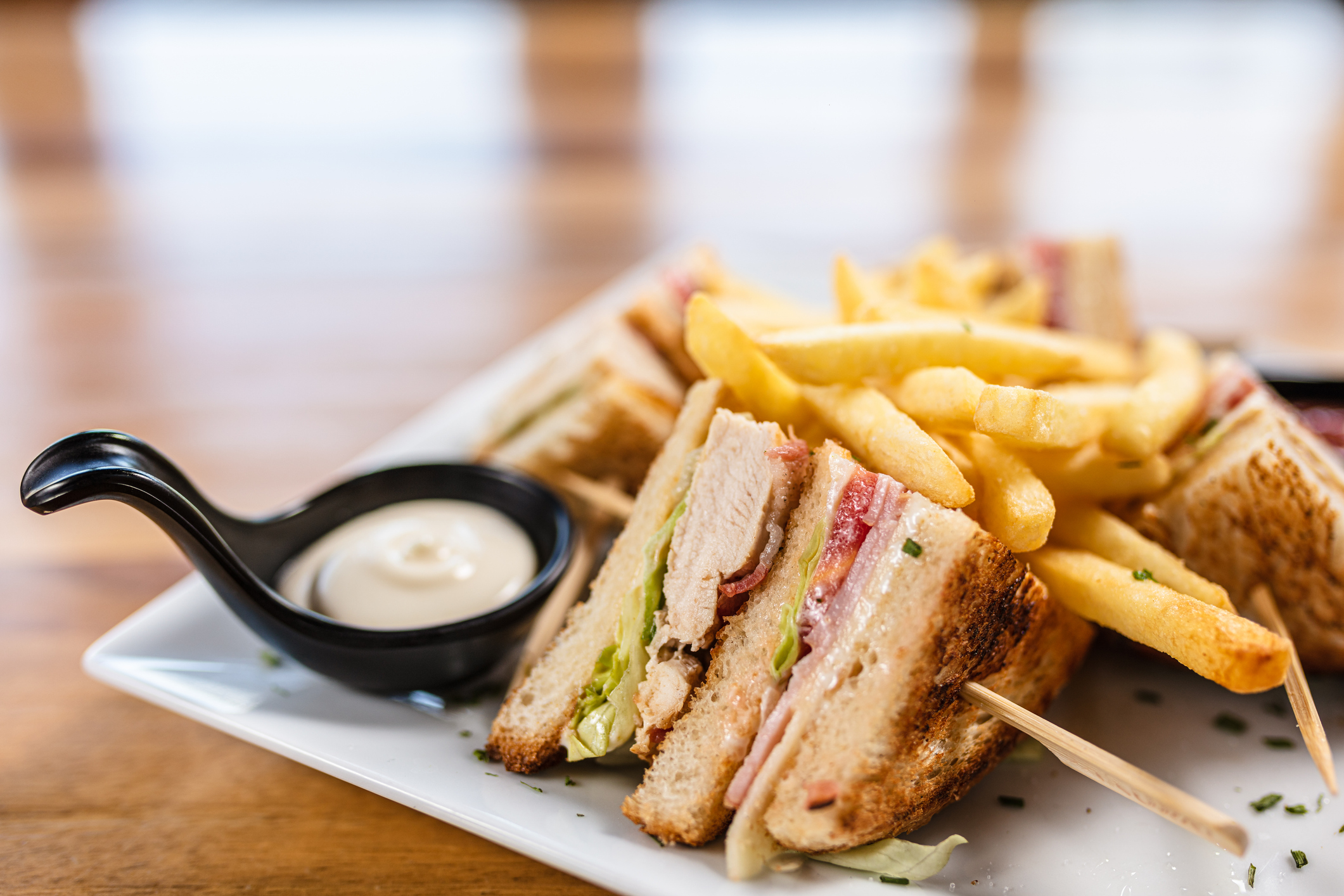
Still, three is very much the magic number. I’m all for a little innovation, but there are certain rules to which a proper club sandwich must adhere. The bread should be thin cut, toasted, lightly buttered and cut into triangles. Crusts sliced off, too. Brown will just about do, if you insist, but sourdough is a definite no-no. Way too dense and robust.
And, although the basic filling of chicken and crisp smoked streaky bacon must never change, alongside the essential lettuce, mayonnaise and tomato, the odd embellishment is okay. A fried egg, as at the Hotel Bel-Air, in Los Angeles. Or a thin slice of Gruyère or avocado. Or perhaps even both. Oh, and it always requires a toothpick or two to hold the whole thing together. But this is most emphatically NOT the time to start deconstructing the sandwich, or any other similarly revisionist nonsense. There is no place for prawn, lobster or, God forbid, steak. The true beauty of the club sandwich lies in its simplicity.
French fries, as I mentioned before, are an essential companion. As is a cold bottle of Coca-Cola or beer. White wine at a push. But this is one dish that must be ordered and consumed at a proper hotel, poolside in the Californian sunshine or late at night, in bed, from room service, pleasantly pickled after a Parisian night out. Because that’s the one fundamental truth about a club sandwich — it simply never tastes the same when you make it at home.
Tom's top 5 club sandwiches in the world
Claridge’s, London
A bona-fide classic club sandwich, made using toasted pain de mie bread, from an absolutely classic London hotel. For me, the gold standard of club sandwiches. www.claridges.co.uk
Plaza Athénée, Paris, France
The toast is elegantly thin, there are 15 different kinds of salad greens and the chicken and bacon are of impeccable quality. Classic and elegant, just like the hotel. www.dorchestercollection.com/paris/hotel-plaza-athenee
Hotel Bel-Air, Los Angeles
Best devoured by the pool, in the shade of the palm trees, this beauty has smoked ham, maple glazed turkey and a perfectly fried egg. www.dorchestercollection.com/los-angeles/hotel-bel-air
Mandarin Oriental, Tokyo
The only time I’ll ever eat anything Western in the city (well, save for the astonishingly good Neapolitan pizza on the 38th floor), this is as pure and clean as a Japanese alpine stream. www.mandarinoriental.com/en/tokyo
Upper House, Hong Kong
With a judicious whack of cayenne pepper and paprika, this one has a sly punch. A twist, rather than spurious reinvention, and best eaten in your room, gazing out over the glittering lights of Kowloon. www.thehousecollective.com/en/the-upper-house
Tom Parker Bowles is food writer, critic and regular contributor to Country Life.
-
 ‘David Hockney 25’ at the Fondation Louis Vuitton: Britain’s most influential contemporary artist pops up in Paris to remind us all of the joys of spring
‘David Hockney 25’ at the Fondation Louis Vuitton: Britain’s most influential contemporary artist pops up in Paris to remind us all of the joys of springThe biggest-ever David Hockney show has opened inside the Fondation Louis Vuitton in Paris — in time for the season that the artist has become synonymous with.
By Amy Serafin Published
-
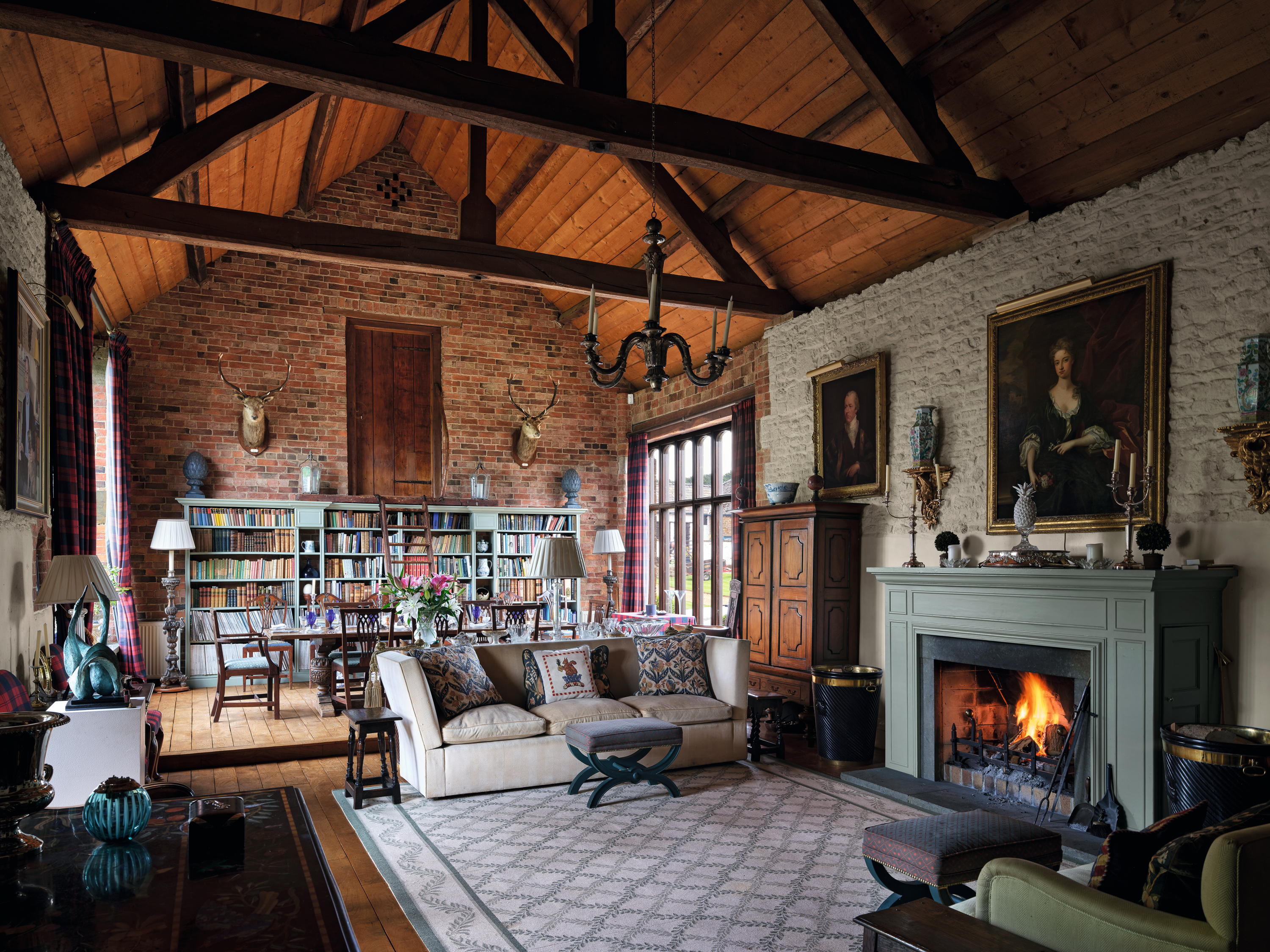 High Wardington House: A warm, characterful home that shows just what can be achieved with thought, invention and humour
High Wardington House: A warm, characterful home that shows just what can be achieved with thought, invention and humourAt High Wardington House in Oxfordshire — the home of Mr and Mrs Norman Hudson — a pre-eminent country house adviser has created a home from a 300-year-old farmhouse and farmyard. Jeremy Musson explains; photography by Will Pryce for Country Life.
By Jeremy Musson Published
-
 Curious Questions: What is the greatest April Fool's prank ever played?
Curious Questions: What is the greatest April Fool's prank ever played?As April 1 looms, Martin Fone tells the tale of one of the finest stunts ever pulled off.
By Martin Fone Published
-
 Curious questions: Why do we use Seville oranges to make marmalade?
Curious questions: Why do we use Seville oranges to make marmalade?Why do we use Seville oranges to make marmalade when there are more than 400 other varieties available worldwide? And do they really make the best preserve? Jane Wheatley investigates.
By Jane Wheatley Published
-
 Mince pies really did once contain meat — and this Victorian recipe will convince you that they should to this day
Mince pies really did once contain meat — and this Victorian recipe will convince you that they should to this dayOnce packed with meat, such as ox tongue and mutton, alongside dried and candied fruit and extravagant spices, the mince pie is not what it once was — and food historian Neil Buttery says that's made them worse.
By Neil Buttery Published
-
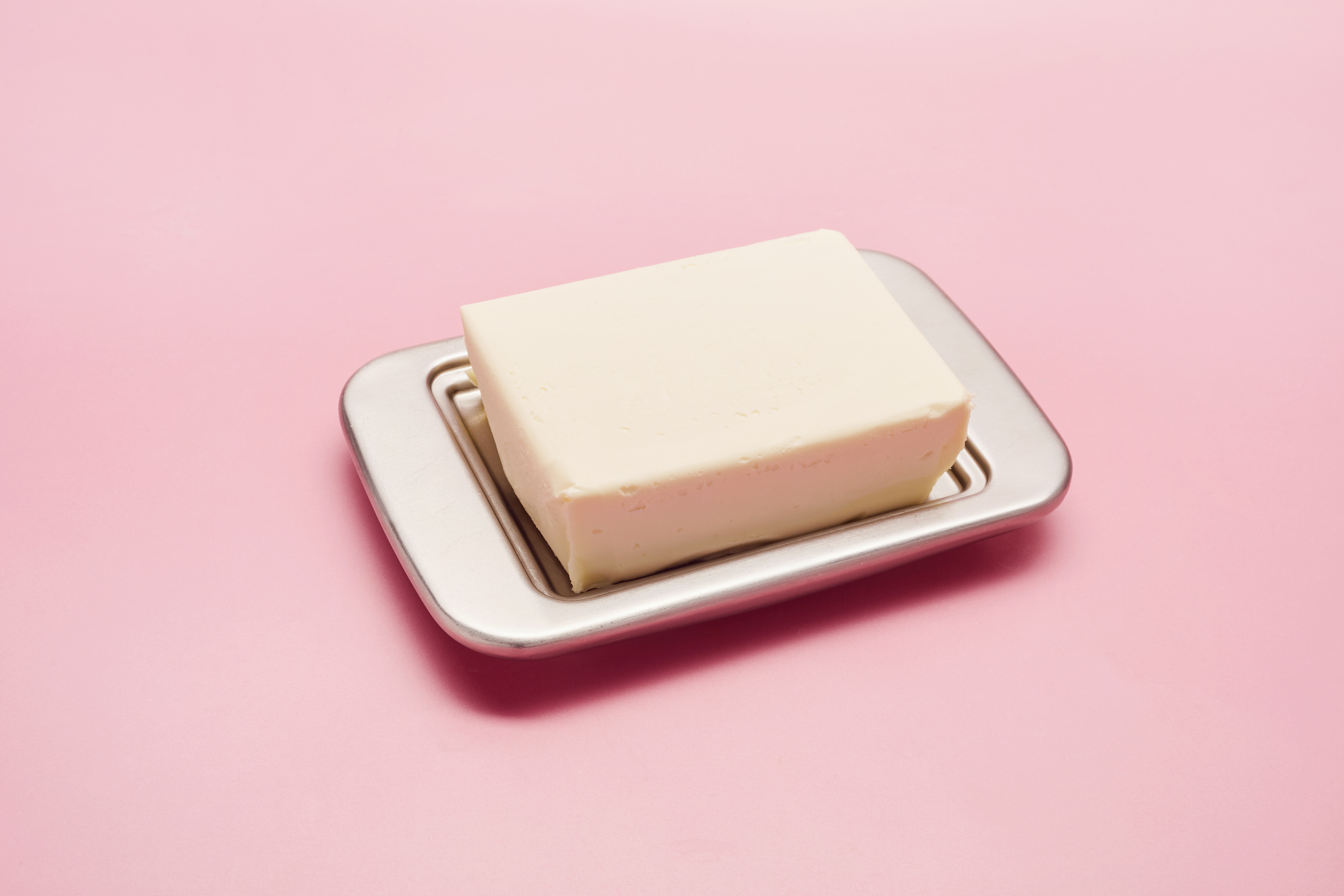 Curious Questions: Margarine used to be pink — but why?
Curious Questions: Margarine used to be pink — but why?Margarine has been a staple of our breakfast tables for over a century, but it hasn't always had a smooth ride — particularly from the dairy industry, who managed to impose a most bizarre sanction on their easily-spreadable, industrially mass-produced rival. Martin Fone explains.
By Martin Fone Published
-
 Curious Questions: Wine has been made in Britain for over 1,000 years — so why have we only just turned it into an industry?
Curious Questions: Wine has been made in Britain for over 1,000 years — so why have we only just turned it into an industry?With the UK wine industry booming, Martin Fone takes a look at its history.
By Martin Fone Published
-
 Curious Questions: What is mock turtle soup? And did it come before or after 'Alice in Wonderland'?
Curious Questions: What is mock turtle soup? And did it come before or after 'Alice in Wonderland'?Martin Fone delves into the curious tale of an iconic Victorian delicacy: mock turtle soup.
By Martin Fone Published
-
 A game of two halves — how the sandwich went from humble fare to a country-wide lunchtime obsession
A game of two halves — how the sandwich went from humble fare to a country-wide lunchtime obsessionWhat started life as a way to eat and play cards at the same time (so the story goes) is now the lunch of choice for the working world.
By Emma Hughes Published
-
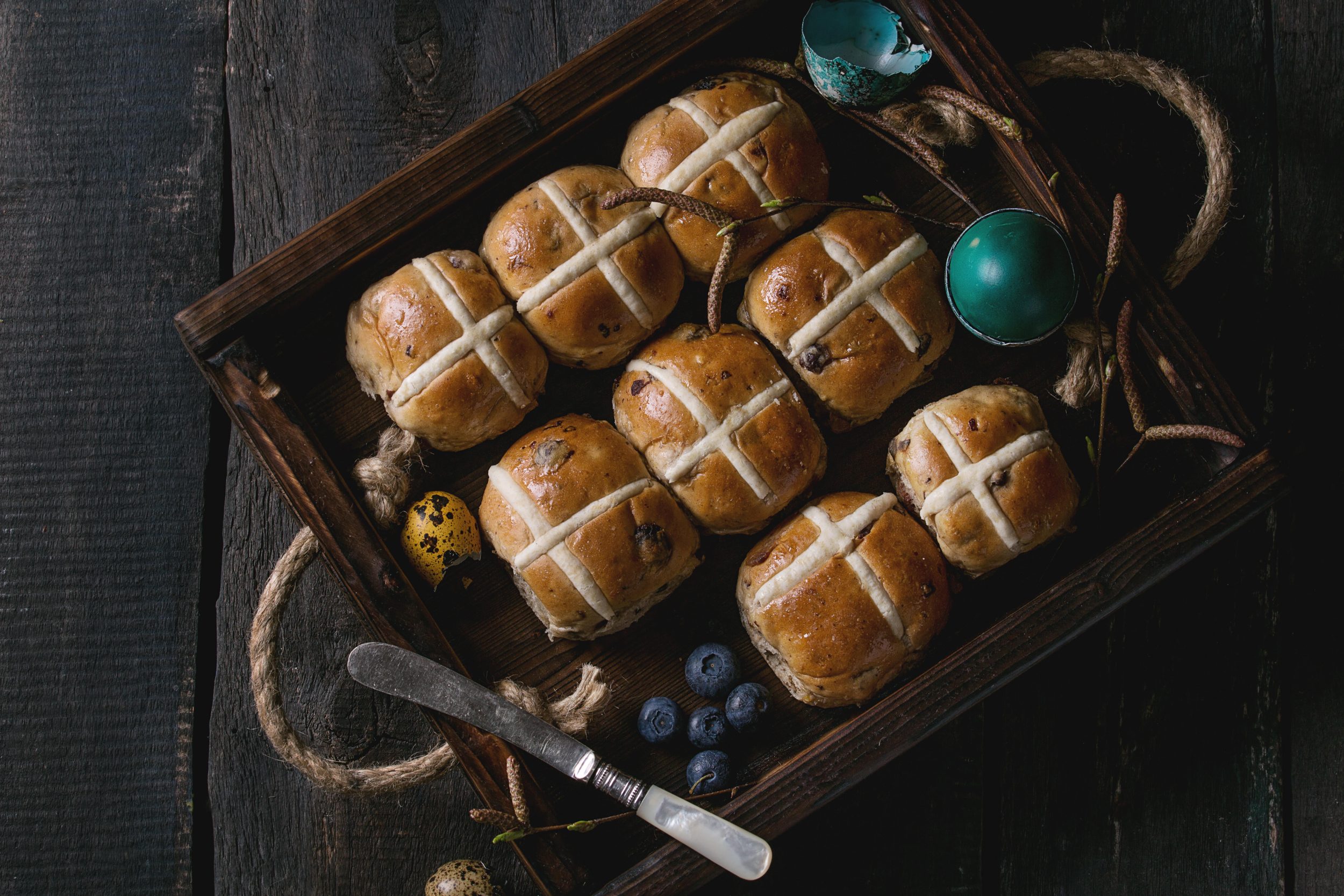 Curious Questions: Why do we eat hot cross buns at Easter?
Curious Questions: Why do we eat hot cross buns at Easter?Annunciata Elwes traces the curious history of the hot cross bun in Britain.
By Annunciata Elwes Published